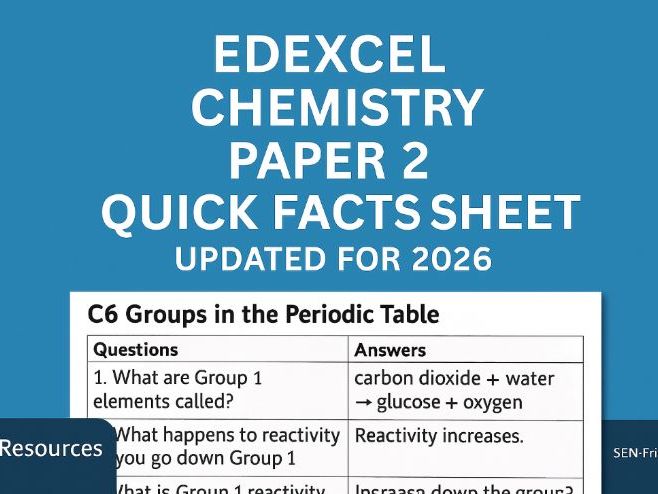Quality_Resources's Shop
Welcome to Quality Resources. I specialise in creating accessible science worksheets and scaffolded lessons for SEN pupils, KS3 groups and foundation GCSE learners. Everything is designed to be easy to deliver in real classrooms and clear enough for students to work independently





















